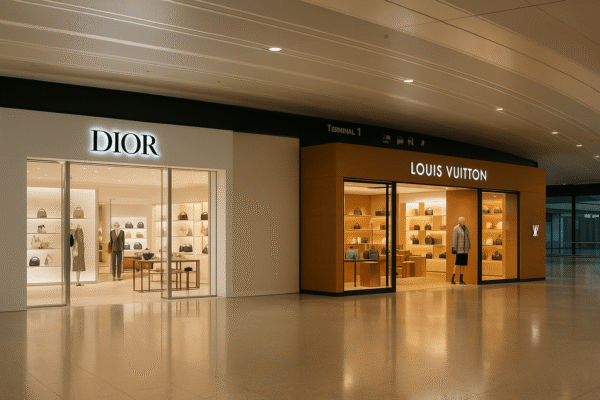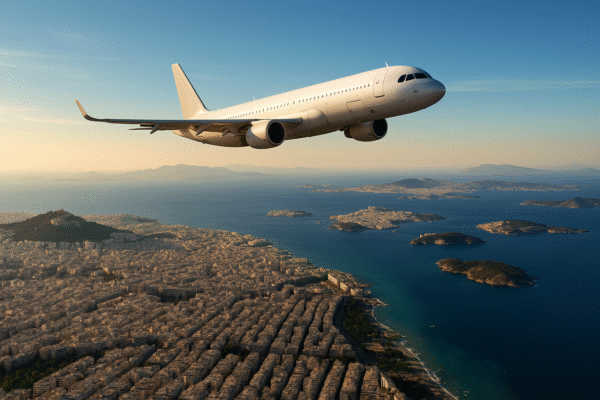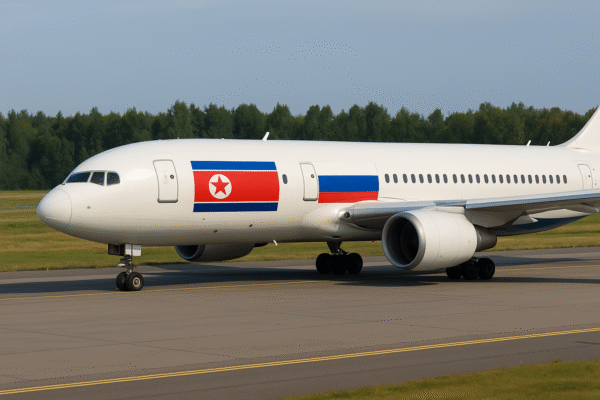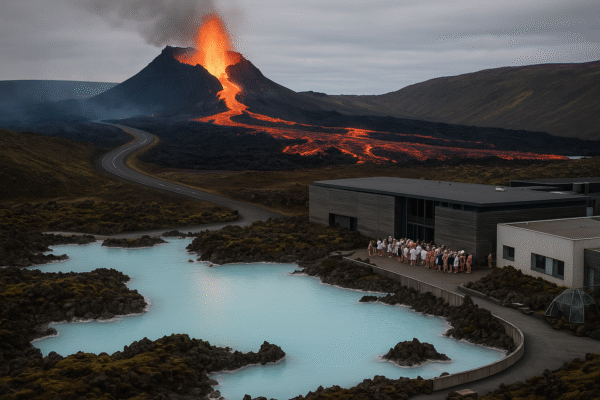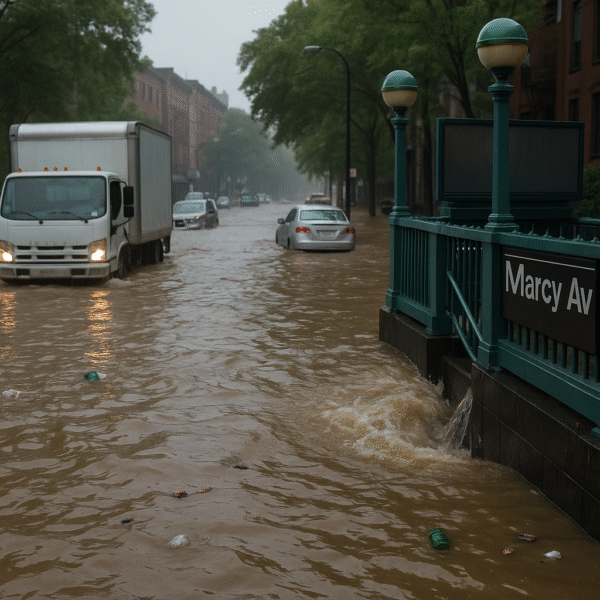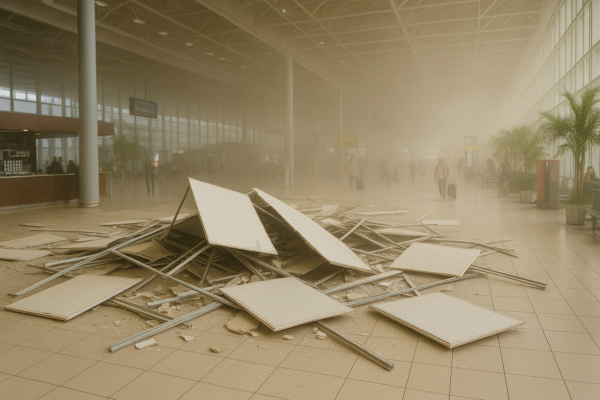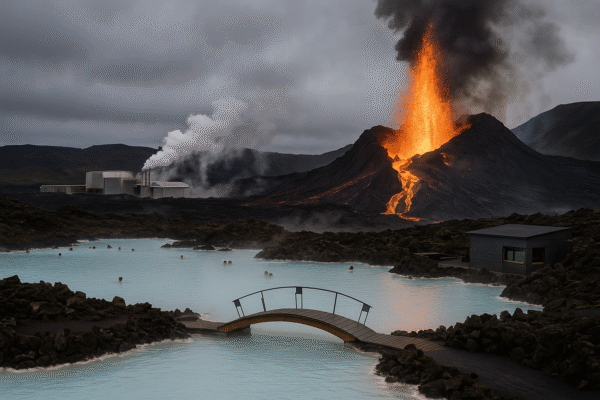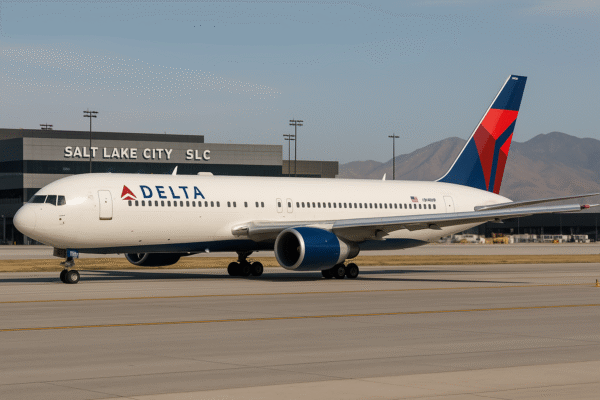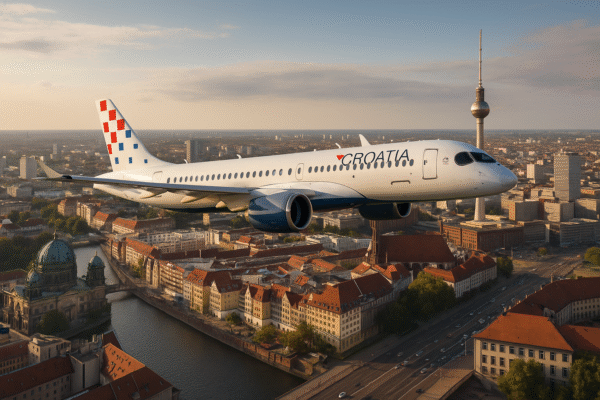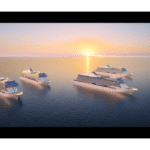Iceland’s celebrated tourism industry has been thrown into fresh uncertainty as seismic unrest on the Reykjanes Peninsula intensified this week, forcing emergency evacuations from major tourist attractions including the world-famous Blue Lagoon and the coastal town of Grindavík. Authorities have confirmed that magma activity beneath the Sundhnúkur volcanic system has surged again—indicating that a ninth eruption since late 2023 may be imminent.
According to the Icelandic Meteorological Office (IMO), the latest magma intrusion began early this week beneath the same area affected by repeated volcanic activity over the past two years. Satellite data, ground-based sensors, and seismic modeling all point to a high likelihood of another eruption in the coming days, prompting red-alert measures for the region.
Major Evacuations Disrupt Key Tourism Sites
In response to the alert, Icelandic Civil Protection issued mandatory evacuations for all visitors and staff at the Blue Lagoon Iceland—a luxury geothermal spa and resort—and nearby campsites. Authorities also began door-to-door evacuations of Grindavík, a once-thriving fishing village that has suffered multiple volcanic threats since 2023. The town, which once had a population nearing 4,000, remains largely abandoned as recurrent eruptions continue to challenge recovery.
Emergency services reported high levels of tourist compliance this time, unlike previous events where some locals resisted evacuation orders. “Our priority is to ensure the safety of both residents and international visitors,” said Víðir Reynisson, Head of Civil Protection at Iceland’s Department of Civil Protection and Emergency Management.
Tourism Sector Faces Mounting Pressure
The closure of the Blue Lagoon marks the fifth time operations have been suspended due to volcanic threats since 2023. A key driver of Iceland’s luxury tourism market, the spa attracts hundreds of thousands of visitors annually with its mineral-rich waters set against dramatic lava field backdrops.
“Each time we reopen, we invest more into our safety protocols and lava diversion systems,” said a spokesperson for Blue Lagoon Iceland. “But this level of geological unpredictability is unprecedented in our operational history.”
Tour operators and airlines have begun rerouting flights and offering refunds or rescheduling options to affected travelers. Keflavík International Airport remains operational but is monitoring seismic activity closely. Meanwhile, travel advisories have been updated by numerous embassies, including those of the U.S., Canada, and the UK, urging travelers to stay informed and follow local authority guidelines.
A Volcanic Pattern That Won’t Quit
The Reykjanes Peninsula—home to Iceland’s most densely populated region outside Reykjavík—has experienced 12 eruptions since 2021. Scientists from the University of Iceland and the IMO describe this series as part of a “volcanic reawakening” following 800 years of dormancy in the area. Unlike cone-shaped stratovolcanoes, these eruptions are primarily fissure-based, releasing lava along long cracks in the Earth’s crust.
“This isn’t a one-off event,” says Dr. Magnús Tumi Guðmundsson, a geophysicist at the University of Iceland. “What we’re seeing is likely the beginning of a new volcanic era that could persist for decades or even centuries.”
While Reykjavík remains unaffected directly, the proximity of Grindavík and tourist landmarks like the Blue Lagoon and the Svartsengi geothermal power plant to active volcanic systems has raised concerns about long-term planning and infrastructure resilience.
Adventure Tourism vs. Risk
Despite the risks, Iceland’s volcanoes continue to draw curious travelers and adventure seekers. Volcanic tourism has become a booming niche in the country, with guided lava field hikes, helicopter flyovers of active craters, and educational tours operated under stringent safety regulations.
“It’s one of the few places in the world where you can see geology in motion,” said an American tourist who was evacuated from the Blue Lagoon. “It’s terrifying, but awe-inspiring.”
The Icelandic Tourist Board has emphasized that while some areas are under restricted access, the majority of the country remains open for exploration. “Iceland is a large and diverse island. Travelers are encouraged to stay informed, check with local tour operators, and adapt plans as needed,” a spokesperson said.
A Tectonic Balancing Act
Iceland’s position atop the Mid-Atlantic Ridge—a divergent tectonic plate boundary between the Eurasian and North American plates—explains its rich geothermal and volcanic activity. The country is home to more than 30 active volcanoes, making it one of the world’s most volcanically active regions.
This geographic duality—of breathtaking beauty and geological peril—defines the Icelandic travel experience. With the tourism industry accounting for nearly 9% of the nation’s GDP, officials are under pressure to enhance early-warning systems, reinforce key infrastructure, and manage tourism flow amid ongoing eruptions.
Looking Ahead
The Icelandic government has already committed additional funding to the IMO for improved seismic monitoring and is working with the European Union’s Copernicus Emergency Management Service for enhanced satellite surveillance of magma movement.
Still, the future remains uncertain. Will Grindavík rebuild once again? Can tourist icons like the Blue Lagoon survive repeated closures? For now, Icelanders and travelers alike are left to wait—and watch—the earth’s slow but unstoppable reshaping beneath their feet.
For more travel news like this, keep reading Global Travel Wire

